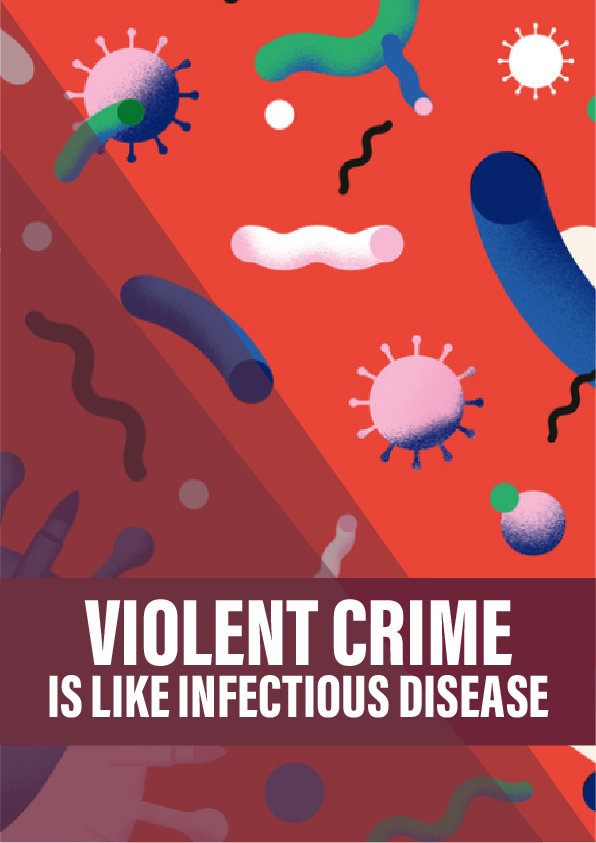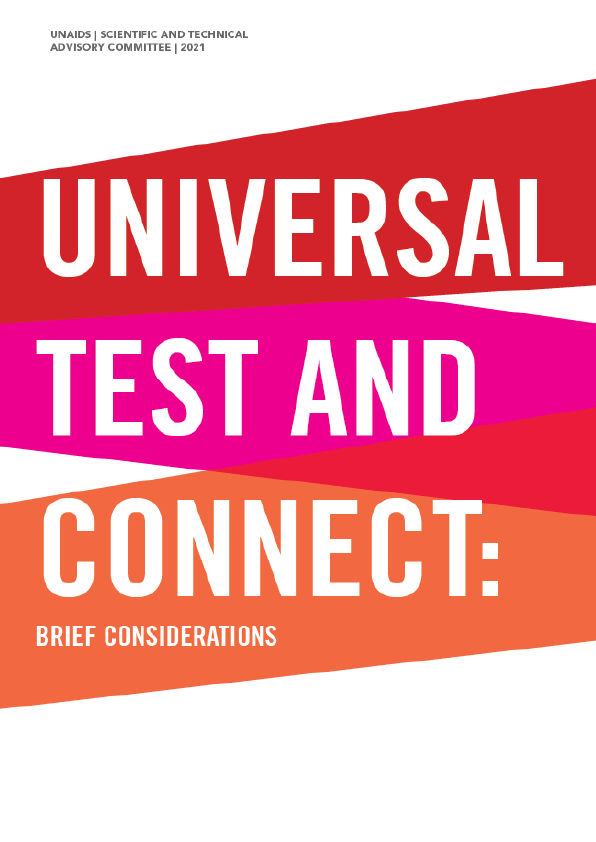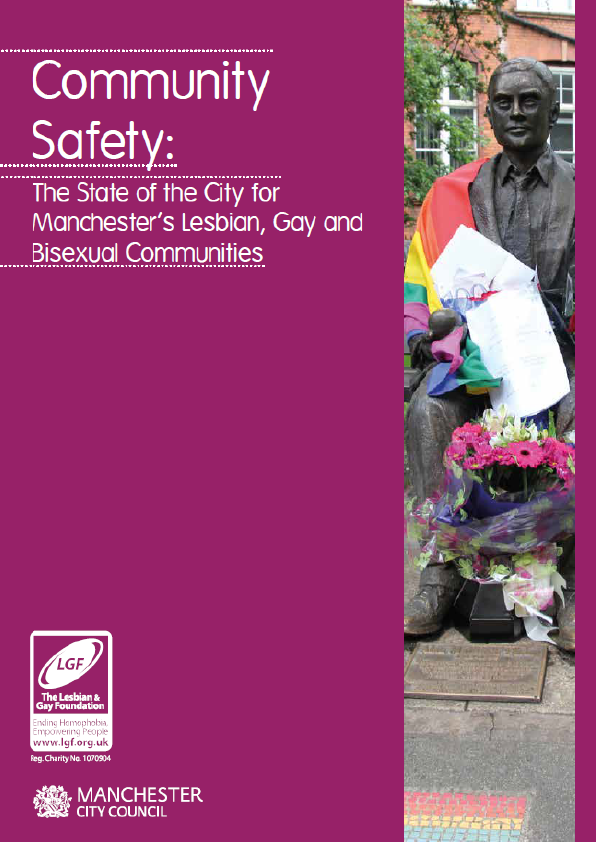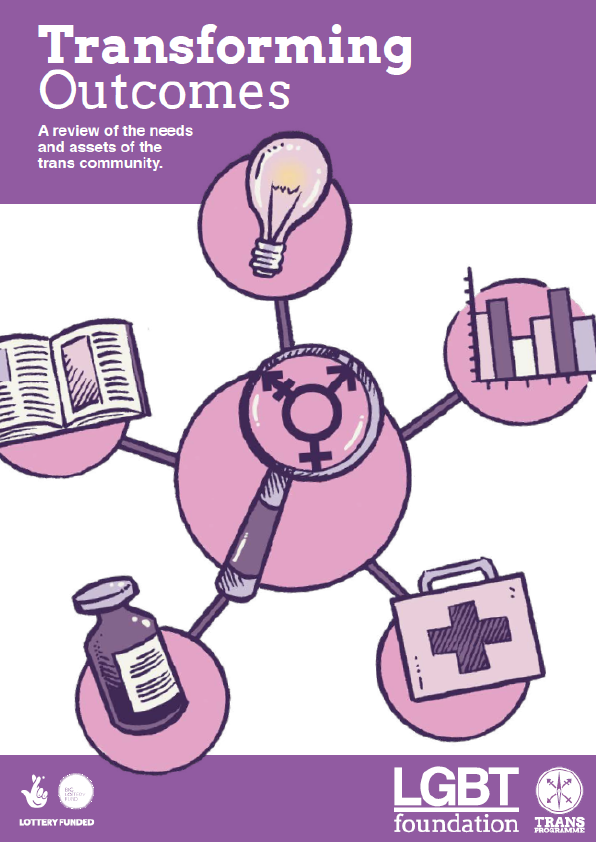Headlines scream about “epidemics” of shootings and stabbings – but what if we took that literally? From Chicago to Glasgow, treating violence as a public health problem has produced great results.
Usually, facial trauma doesn’t kill you, but it can cause significant disfigurement. Working as a maxillofacial surgeon in Glasgow in the early 2000s, Christine Goodall treated hundreds, if not thousands, of patients with injuries to the neck, face, head and jaw.
Sometimes, the injuries were caused by a baseball bat, with shattered bones and bruising as bad as that from a car accident. More often than not, it was a knife. A slash across the forehead or cheek, leaving a scar etched across the face; a machete wound to the jaw, slicing through the skin and breaking the bone underneath.
One young man came into the hospital in the middle of the night, with a knife wound across his face. Goodall dreaded the morning ward round the next day, when she would have to tell him that it would be impossible to reduce the appearance of the scar. But his reaction surprised her. “He was very offhand about it,” she says. “Some of his friends came to see him later that afternoon and I realised why it wasn’t going to be a problem for him – because they all had one. He’d just joined the club.” The incident has stayed with her, an indication of how bad the situation in her city had become.
In 2005, the United Nations published a report declaring Scotland the most violent country in the developed world. The same year, a study by the World Health Organization (WHO) of crime figures in 21 European countries showed that Glasgow was the “murder capital” of Europe. More than 1,000 people a year required treatment for facial trauma alone, many of them as the result of violence.
Goodall, who has spent most of her life living and working in Glasgow, would stitch up the wounds and work to repair the damaged tissue. But for most patients, the problems continued long after they were discharged. Chronic pain, post-traumatic stress disorder, self-medication with alcohol and drugs.
Reference:
- The Interrupters: this documentary film followed the work of three violence interrupters over the course of a year. The organisation Cure Violence’s Chicago programme was known then as CeaseFire.
- The World Health Organization has a vast tranche of information on the public health model of violence prevention. It produces its own guidance as well as collating reports from around the world.
- The US Centers for Disease Control and Prevention issue guidance on prevention of different types of violence, ranging from street violence to domestic abuse.
- Scotland’s Violence Reduction Unit collates and shares information on its own programmes as well as overall violence statistics for Scotland.
- Gary Slutkin gave a TED Talk in 2013 that explains the genesis of the idea and how he implemented it.











